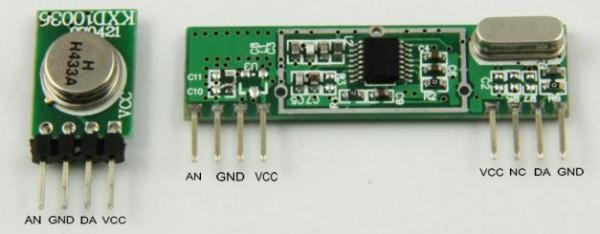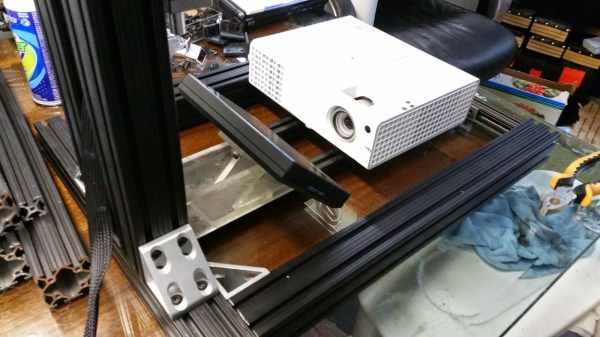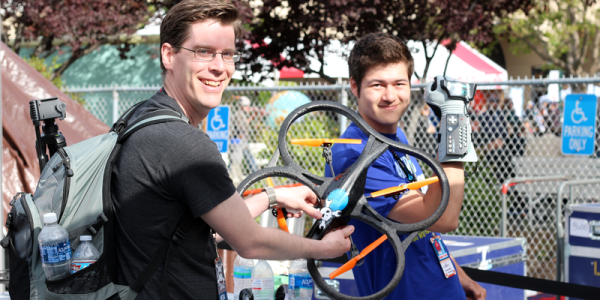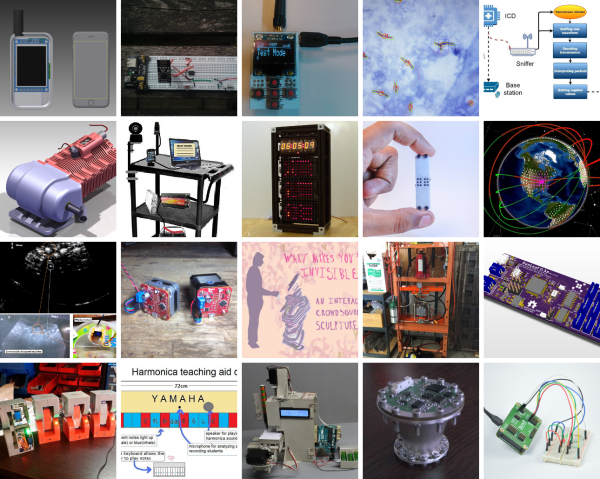Elephants and people don’t mix as well as you’d hope. Human-elephant conflict causes deaths of both pachyderms and man alike. Elephants raid crops. Elephants are killed by trains. Obviously, where elephants are is useful knowledge. This is the problem [Neil] is solving for his entry into the Hackaday Prize. His project detects elephants, whether they’re on a railroad, in a field gorging on crops, or… in the room.
[Neil]’s goal is simple – he’s building a distributed elephant detection system that can be deployed at railway crossings, between forests and farmland, and along established elephant trails. This gives [Neil] exactly two problems: detecting elephants, and communicating that information to humans.
To detect elephants, [Neil] is relying on a webcam and Raspberry Pi 3 running OpenCV vision processing. He’ll either be comparing histograms, for faster and less resource intensive image processing, or feature matching. Each detector is equipped with a PIR sensor, so at the very least the Pi won’t be looking for elephants all the time.
Notifying humans of the existence of elephants is the next step of the project, and one that might even be harder than finding the elephants in the first place. [Neil] settled on using ZigBees on each Pi to talk to at least one base station. This base station then sends a message to the local human population over a much longer-range radio link. Networking a bunch of Pis in the middle of the African savanna is a hard problem, but by separating the communication aspect of this project into two radio links, [Neil] has a fairly robust solution.


























